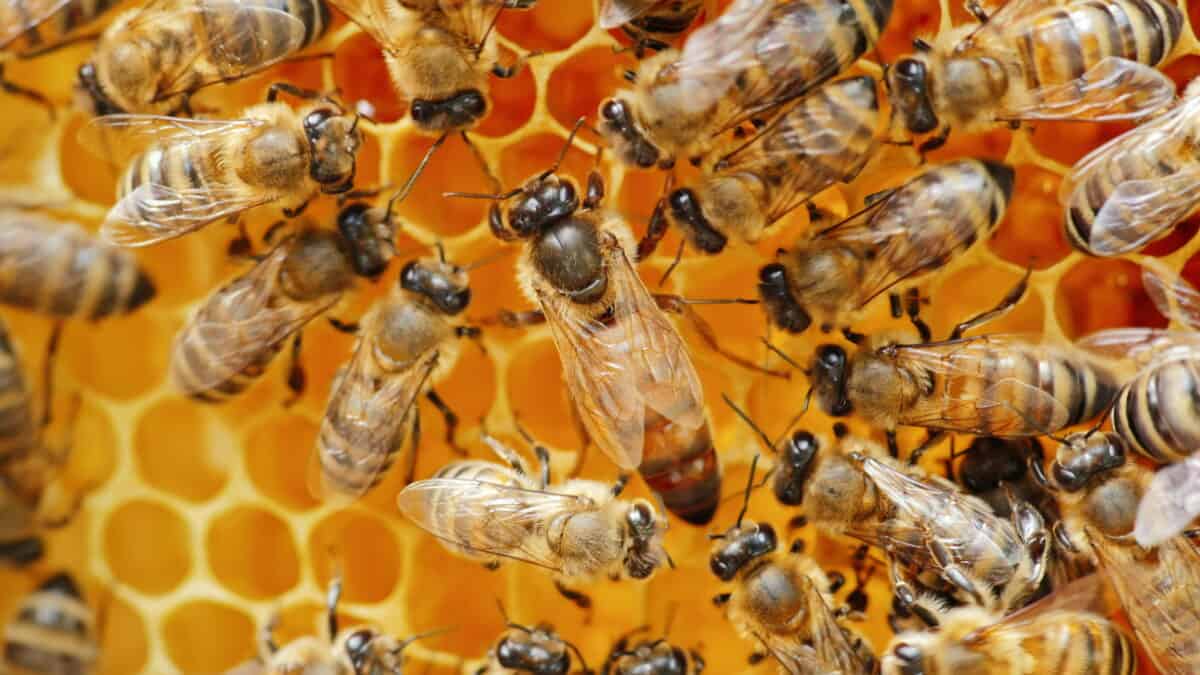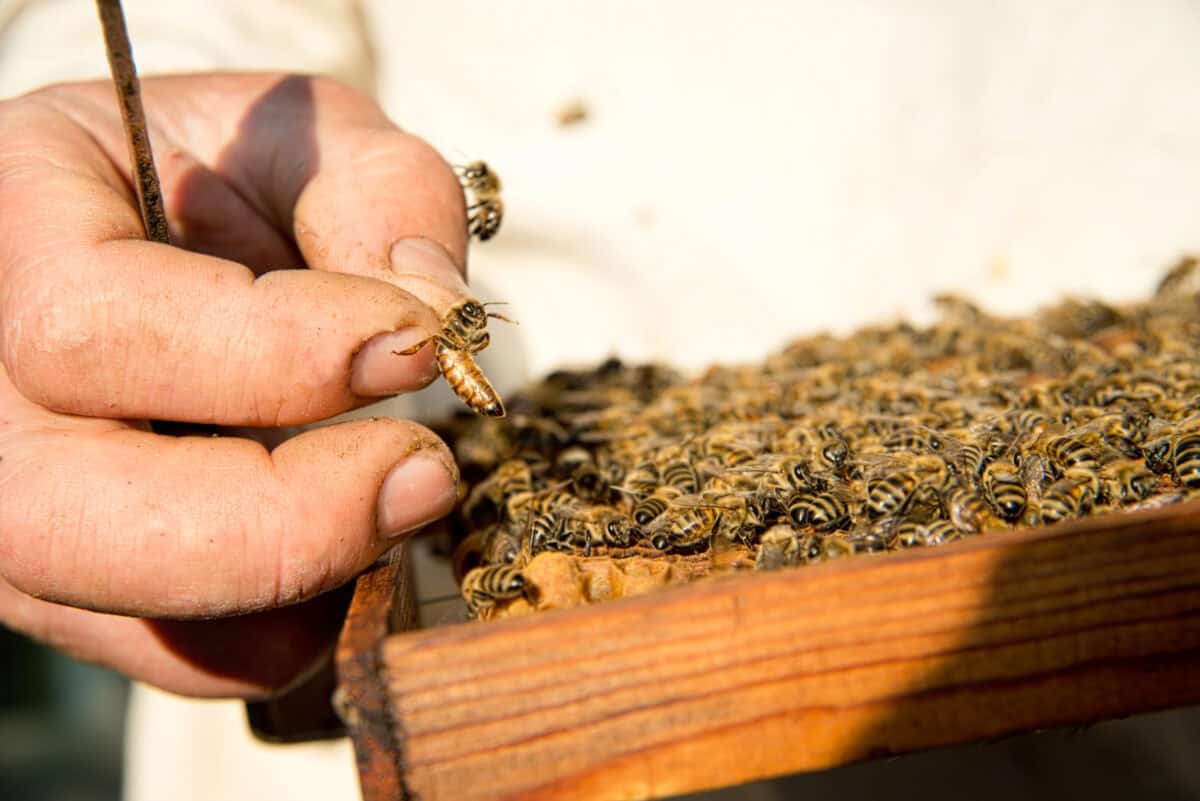Parts of Joshua Tree National Park, including the Cottonwood Visitor Center and campground, have been temporarily closed due to an unusual surge in bee activity. The closures aim to ensure visitor safety as bees, in search of water, swarm the area.
Unusual Sources of Water Attract Bees

In the summer heat, bees are drawn to any available water source, and in a park filled with visitors, this can mean more than just natural bodies of water. Condensation from air conditioners, sweat, and even moisture in restrooms become prime targets for thirsty bees.
The Park’s Precautionary Measures

To minimize risks to visitors, park officials have restricted access to the Cottonwood area. By limiting human presence and reducing artificial water sources, the park hopes the bees will move on to less populated areas.
The Challenge of Predicting Bee Activity

While the closure was announced on Instagram earlier this week, the park has not provided a specific timeline for reopening. It all depends on when the bees decide to relocate, which could take a week or more.
Buzzing Across Joshua Tree

Summer often brings an increase in bee activity throughout the park. Visitors have shared experiences of their cars being swarmed and even being targeted by aggressive bees, particularly when sweaty.
Staying Safe Around Bees

Although bees play a crucial role in the ecosystem, their presence can be dangerous, especially for those with allergies. The Carl Hayden Bee Research Center in Arizona offers valuable advice on how to stay safe around these buzzing visitors.
Avoiding Bee Colonies

When exploring national parks, it’s important to be mindful of bee colonies, which may be hidden under rocks or other secluded spots. Listen for buzzing as a warning sign of nearby bees.
Dressing for Safety

Wearing light-colored clothing while hiking can help reduce the likelihood of attracting bees, as they tend to be more drawn to darker shades.
Skip the Scents

Strong scents, particularly citrus, can aggravate bees. It’s best to avoid perfumes or heavily scented lotions when heading out to areas where bees are active.
What to Do if Bees Attack

If you find yourself confronted by aggressive bees or a swarm, the best course of action is to run to the nearest enclosed shelter. Protect your head and face with your arms or a shirt while you make your escape.
Waiting for the All-Clear

As of the latest update, the Cottonwood area remains closed. Park officials will continue to monitor bee activity and provide updates on when it will be safe for visitors to return.
Bees: More Than Just a Nuisance

While these closures may be inconvenient, it’s important to remember the vital role bees play in our ecosystem. Their presence is a reminder of the delicate balance between nature and human activity, especially in unique environments like Joshua Tree National Park.
Looking Forward to Reopening

The park is eager to reopen the Cottonwood area as soon as it is safe. In the meantime, visitors are encouraged to explore other parts of Joshua Tree and take the necessary precautions to avoid unwanted encounters with bees.
The Bigger Picture

This situation highlights the importance of understanding and respecting wildlife, even the smallest creatures like bees. By taking simple precautions, we can coexist with these essential insects and enjoy the natural beauty of our national parks.
A Temporary Setback

Though the closure is temporary, it serves as a reminder of the unexpected challenges that can arise in nature. With a little patience and care, both visitors and bees can continue to enjoy the wonders of Joshua Tree National Park.
- 11 Must-Do Activities for the American Fall - June 26, 2025
- Meet he Largest Dog Breed in the World: Mastiffs - June 25, 2025
- How a Hydrothermal Explosion Occurred at Yellowstone National Park - June 22, 2025

